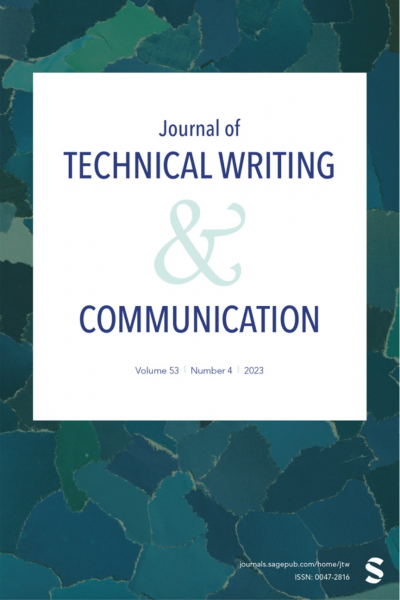The Structure of Scientific Writing: An Empirical Analysis of Recent Research Articles in STEM
Authors
Moskovitz, C; Harmon, B; Saha, SAbstract
While the IMRAD (Introduction, Methods, Results, and Discussion) format is common in scientific writing, it may not currently be as ubiquitous as often thought. We undertook a systematic, corpus-based study of primary section headings in research articles across a range of STEM disciplines to investigate adherence to the IMRAD structure in relation to type of study (computational, empirical, or theoretical) and field. We identified four categories of structure: IMRAD, IMRAD+ (IMRAD with additional sections and/or different order), Nested IMRAD (multi-part studies), and Non-IMRAD. Papers in biology mainly used an IMRAD format, while less than half in engineering or social sciences did so. While empirical papers tended to use IMRAD formats, most computational papers did not. Thus, our findings show that IMRAD is a common but not universal structure for contemporary scientific writing. Awareness of these differences should encourage teachers of scientific and technical writing and scholars of writing studies to pay closer attention to the actual structural forms used in different STEM disciplines and with different methodological types of research studies.
Citation
Moskovitz, C., et al. “The Structure of Scientific Writing: An Empirical Analysis of Recent Research Articles in STEM.” Journal of Technical Writing and Communication, vol. 54, no. 3, July 2024, pp. 265–81. Scopus, doi:10.1177/00472816231171851.
